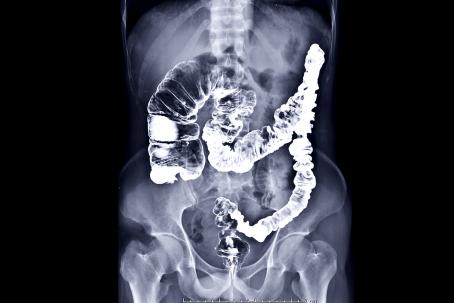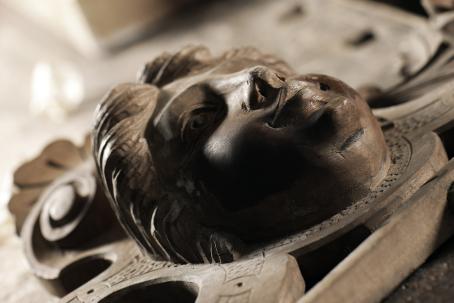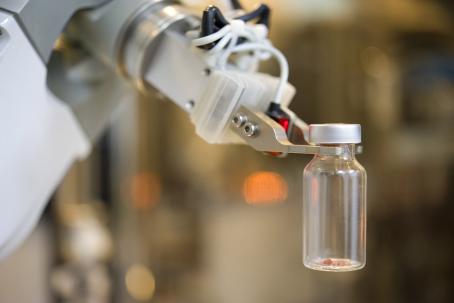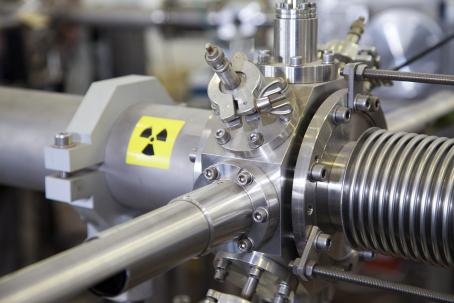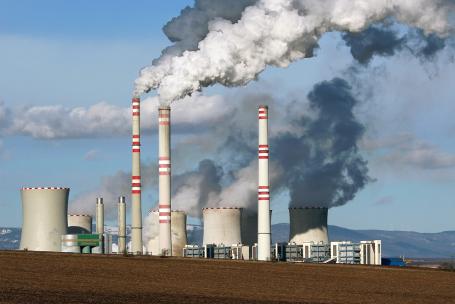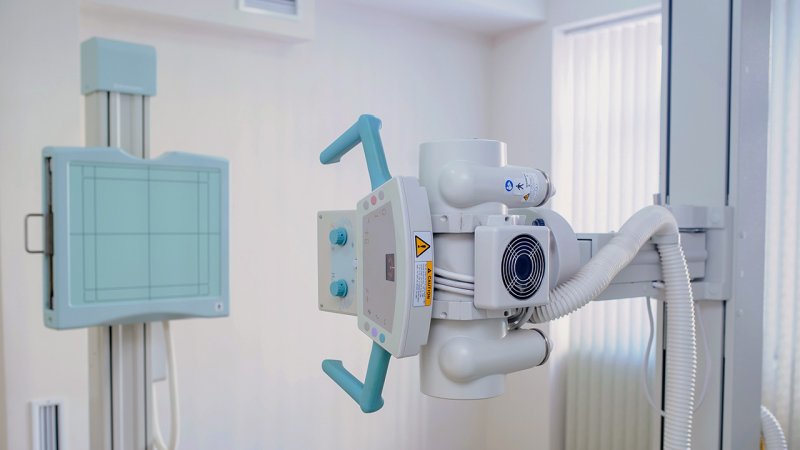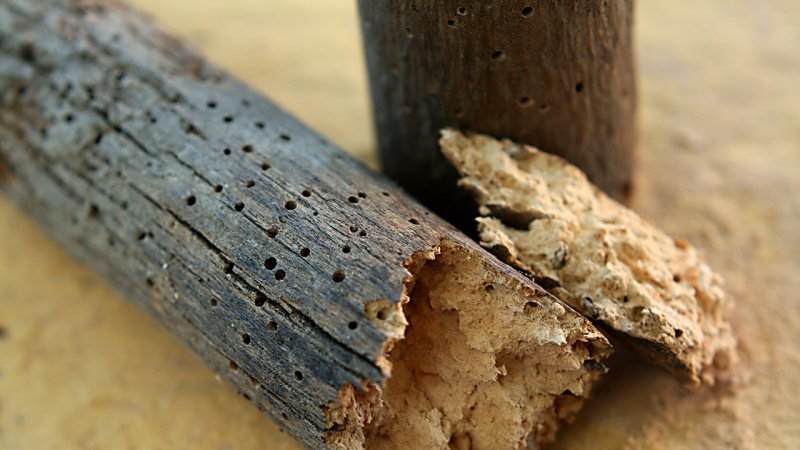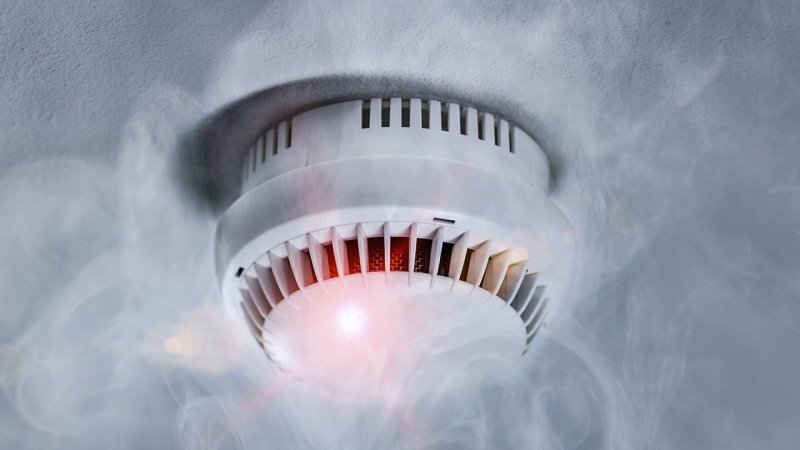
Man-made Sources
6 min read
Hand in hand with the realization of the effects of ionizing radiation, the number of man-made radioactivity sources in our environment has been increasing. These sources are used primarily in medicine for diagnostics, as well as for treatment purposes, but are also used in the food-processing industry, in science, and in many other industries. We can frequently encounter them quite unexpectedly, for example in household fire alarms. From these man-made sources, we receive an average annual dose of between 0.3 and 0.6 mSv depending on the frequency and types of the medical exams we may receive.
Proportion of natural and man-made radiation sources in the overall dose.
Medicine
The best known field using man-made radioactivity sources is medicine. It employs ionizing radiation both for diagnostics and for treatment. X-rays are used for diagnostics either in its classical form of images or in the more sophisticated form of computer tomography. Injecting a radioactive isotope into the bloodstream allows a perfect imaging of blood vessels. Radioisotopes are commonly used as markers. They are combined with a substance that is trapped in certain types of tissue (thyroid gland, tumor, etc.) and then using a scintigraph, the entire area is clearly visualized because of its accumulated radioisotopes. Large doses of radiation are used to treat and eliminate tumors.
Video: Model of a medical X-ray device for mammogram breast examination.
Video: Model of a diagnostic Roentgen device for dental imaging.
If regular chemical substances cannot be used to preserve wooden historical artifacts, a strong source of gamma radiation may be used to exterminate wood-destroying insects.
Sterilization
Strong sources of gamma radiation (cobalt 60Co, ceasium 137Cs) can destroy harmful microorganisms. They are used to sterilize surgical instruments, to protect historical relics against woodworms and molds, to extend the durability of food products, and to limit germination.
Short-lived radioisotopes used as markers in diagnostic procedures are produced just prior to their use directly in hospitals and in nuclear medicine laboratories.
Markers
Since radioisotopes can be easily detected, they can be used as markers. A small amount of a radioactive substance mixed with liquid may be used to detect leaks in pipes. During the development of a new drug, a suitable isotope (for example technetium 99mTc) is added to the tested drug and then measurements can be made to show how the drug was absorbed in the target organ, how much of the drug was excreted from the organism, and how much was absorbed in other tissues. A radioactive isotope of phosphorus is added to fertilizers in order to check how much fertilizer has been absorbed by a given plant.
Gamma radiation is used in radiography to detect cracks in materials, to check the quality of welds, and to study a material’s structure.
Detectors
Gamma radiation sources are used in industry as accurate gauges to measure the thickness or density of materials and are also used in radiography to detect invisible flaws, judge the quality of welds, and examine the inner structure of materials. It uses the same principle as an X-ray examination of a patient. It is just more portable and, due to its higher penetration, better at visualizing the inner structure of a metal part. Neutron detection of the material composition and the water content in soil or in concrete is important for coal mining, agriculture, the mining industry, and even for the construction business.
Since 1977, the Voyager spacecrafts are still operating thanks to the energy supplied by its plutonium thermoelectric generators.
Coal and Nuclear Fuel
An operating coal power plant contributes to the average radiation dosage received by nearby citizens three times more than an operating nuclear power plant.
Most people when they hear of a man-made radiation source think of the highly radioactive spent nuclear fuel from nuclear power plants. It is a strong source of ionizing radiation but it is concentrated, well isolated from the environment and stored in closely regulated interim storage or final storage thus its contribution to people’s radiation exposure is negligible. On the other hand, coal is a significant source of radioactive elements. It contains small amounts of uranium, thorium, radium, lead, and potassium. The burning of coal results in an increased concentration of these elements. Fly ash contains up to seven times more radioactive elements than the original coal. A coal-fired power plant contributes approximately 0.3 μSv to a local inhabitant’s radiation dosage, while a nuclear power plant only contributes 0.09 μSv.
270 Mt of coal (this represents Australia’s annual exports) contains about 500 tons of uranium and 800 tons of thorium.
Other Sources
We can encounter man-made radiation sources in a wide range of different places from superphosphate fertilizers to uranium-dyed glass. Trace amounts of radioisotopes are used to paint glowing watch hands and radiation sources are also used in household smoke alarms. A smoke alarm contains trace amounts of a radioisotope, usually americium. The radiation source ionizes the air in its vicinity and this ionized air conducts a weak electric current. The detector measures this current. When smoke comes between the source and the sensor, the ions are absorbed by the smoke particles resulting in a drop in the conductivity of the air. The sensor registers this current drop and triggers the alarm.
If the uranium concentration in coal is just 1 ppm, there is more energy contained in the uranium (if used as a nuclear fuel in a fast breeder reactor) than in the coal itself.



